"Low bowls with flowers, as well as flowers placed on the tablecloth and a platter of fruit, are the most beautiful table decorations. All table centrepieces with rocks, palm trees, ostriches, deer, and such are ludicrous, for these things have no business on a table, and all tall table decorations - even those made of flowers - are also unsuitable since they screen the dinner guests from one another", opined Ellen Key of table culture in her 1899 essay Beauty in the Home.1
But that was then.
With the exhibition table talks — Tischgespräche the Kunstgewerbemuseum Dresden present positions by students from Weißensee Kunsthochschule Berlin and the Royal Danish Academy of Fine Arts Copenhagen on contemporary table culture.
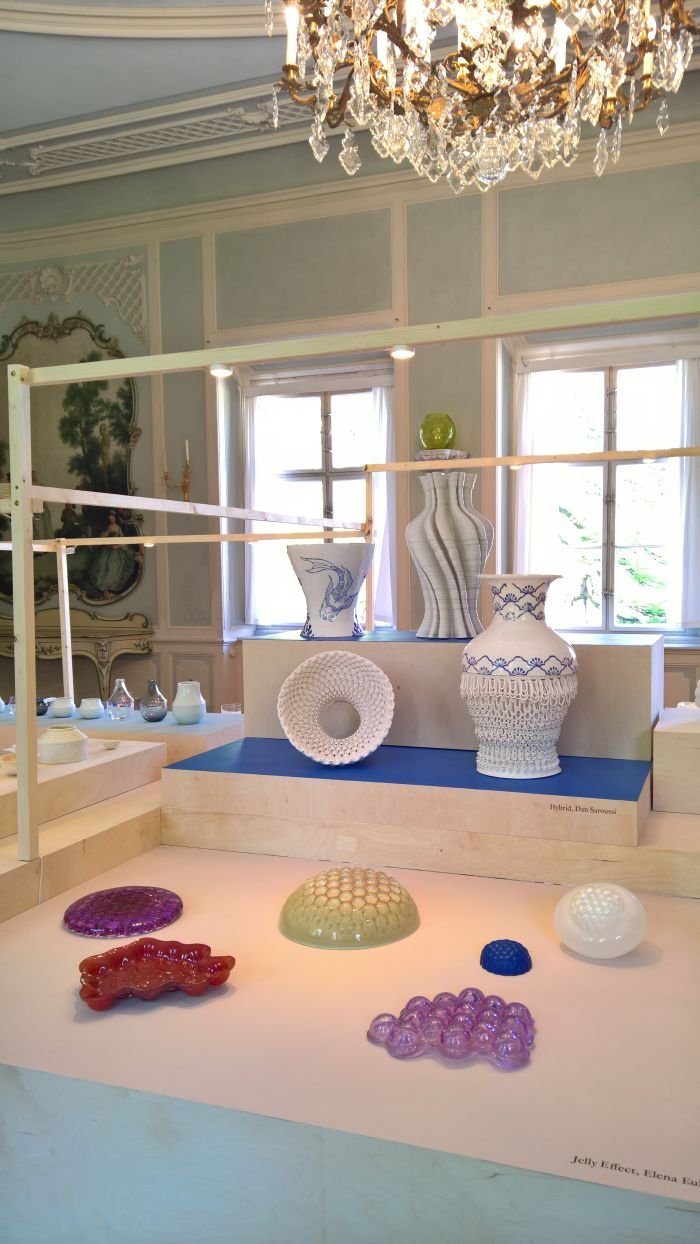
While there can be no arguing that today, as in the late 19th century, using deer as a table centrepiece would be ludicrous, the more ostentatious table culture as practised during the 18th century in the Baroque pomp of Schloss Pillnitz's Wasserpalais and Bergpalais, which today house the Kunstgewerbemuseum Dresden, would, arguably, have taken little issue with deer, or indeed palm trees and ostriches. Would however have struggled with Ellen Key's low bowls and scattered flowers. Denuded as they would be without a vase.
Yet despite changing understandings of the appropriate, the relevant, the attractive, some constants remain: that which comes on a table should be functional in supporting the rituals of dining, should be decorative and thus feed the eye as much as the stomach, and should aid and abet conversation, should enhance and nourish the social and cultural aspects of dining.
In the course of a semester project under the guidance of Professors Barbara Schmidt from Weißensee Kunsthochschule Berlin, KHB, and Martin Kaldahl from the Royal Danish Academy of Fine Arts, KADK, Copenhagen, 22 students reflected on contemporary interpretations and understandings of the functional, decorative and communicative aspects of table culture; whereby considerations and reflections on Schloss Pillnitz and Baroque in contemporary contexts played a central role in the development of many of the projects, including, for example, and amongst many others, Hybrid by Dan Saroussi which reinterprets the Baroque vase through 3D ceramic printing or Christin Amann's integration of the knick that was placed in Baroque table clothes to ensure a correct place setting into the objects of her Ordre Coulant collection.
And whereas Katarina Egsgaard celebrates through Ornament is about time a (for her) palpable return to the ostentatious ornamentation that defined Baroque porcelain, in Bissen und Schluck Hao Du combines the opulence of the Baroque banquet with more reserved Asian tendencies to serve food in bite size pieces: creating a vast collection of reserved objects where each can be used for one bite size piece, and one bite size piece alone, thus requiring dozens of utensils per course, thereby underscoring the enormity of the meal before you and presenting a much more reserved understanding of opulence. While with Jelly Effect Elena Eulitz focusses on the role played by food in defining social orders in both the Baroque and the 1960s, with a collection of extravagant glass objects....... inspired by a 1960s plastic jelly mould.
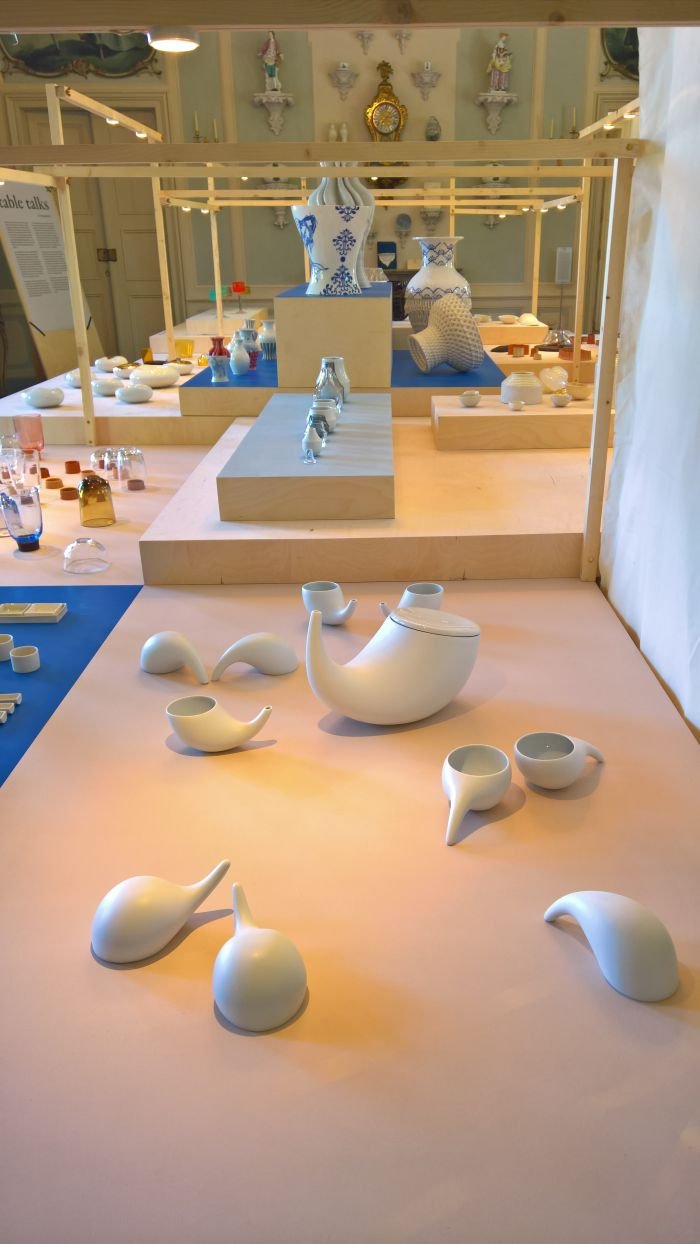
Elsewhere with Alia Tom Wagner has realised a tea service that, for us, resembles that most archaic of drinking vessel forms, the horn; with Hidden Glories Thalea Schmalenberg combines clay mould blown glass with 3D printed clay, and thereby has not only produced a family of objects which allow for the most engaging refraction patterns, but which also reflect on the historic difference between the glass of the rich and clay of the poor; reflections, or better put refractions, of a different kind underscoring Vera Stassen's project Light Wave: opaque coloured glass objects filled with water and which thus refract light in a dynamic manner, much like the light refracted through the windows of the Wasserpalais by the Elbe as it flows sedately by. Apropos Elbe, the fact that none of the students produced a gravy boat tending to imply we remain alone in our obsessive fixation with the ferry which brings visitors to Schloss Pillnitz.
As we oft note in these pages, for all in our #campustour dispatches, arguably the most important aspect of such a student project is that which the visitor cannot see; namely that which the student got from the project, how their understanding of materials, of processes, of form-giving, their understanding of the function and role of design, of designers, the nature of cooperations with manufacturers and their understanding of their own design processes and their position to design, evolved and developed throughout the project.
That which one can see in table talks — Tischgespräche neatly underscores evolutions and development of a different kind; namely those in production technology, those in materials, those in our understanding of functionality, of a functionality that goes beyond simple use and involves interaction and exchange, or our understandings of aesthetics, of form, of value and thereby as a showcase neatly helps underscore the integral, intimate, relationship between those objects of every day use with which we surround ourselves and contemporary society, that objects, or at least honest objects, arise from contemporary society and culture and are therefore not only reflective of contemporary society but are part of the process via which society and culture advances. And that one day our table culture, our understandings of the appropriate, the relevant, the attractive, will appear as ludicrous as that of palm trees, ostriches and deer. Or indeed low bowls with flowers and platters of fruit.
In addition to table talks — Tischgespräche the Kunstgewerbemuseum Dresden is also presenting a preview of the forthcoming exhibition Add to the Cake: Transforming the Roles of Female Practitioners, a, in essence, extension of the Kunstgewerbemuseum's symposium A Woman's Work, and curated by the symposium organisers Foreign Legion a.k.a Matylda Krzykowski and Vera Sacchetti; and a preview which begins with an introduction to the exhibition Against Invisibility – Women Designers at the Deutsche Werkstätten Hellerau 1898 to 1938, in which context the symposium was staged, before presenting a review of the symposium itself through documents, photographs, and primarily through quotes from participants. Add to the Cake: Transforming the Roles of Female Practitioners itself opens on July 5th.
table talks — Tischgespräche runs at the Kunstgewerbemuseum, Schloss Pillnitz, August-Böckstiegel-Straße 2, 01326 Dresden until Sunday November 11th.
1Ellen Key, Beauty in the Home, reproduced in Modern Swedish Design: Three Founding Texts, Ed. Lucy Creagh, Helena Kåberg, Barbara Miller Lane, Museum of Modern Art, New York, 2008. The essay was first published in 1899, the version in Three Founding Texts is a translation of a 1913 version.
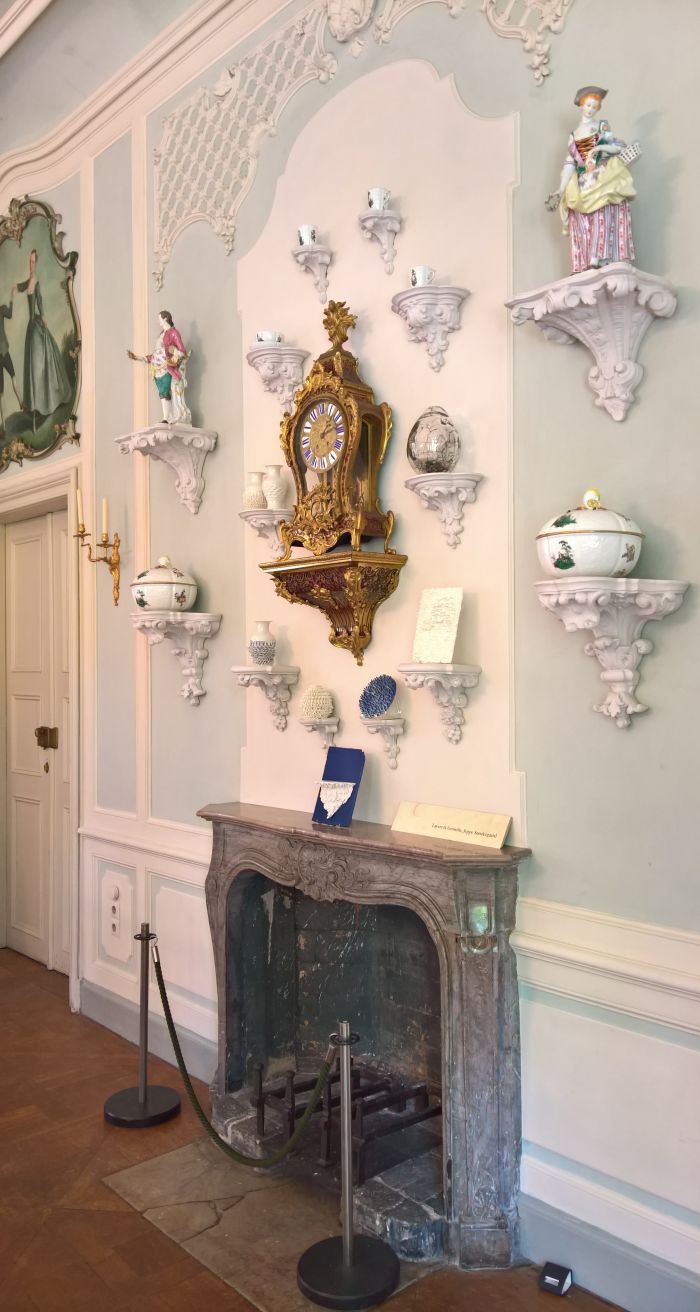
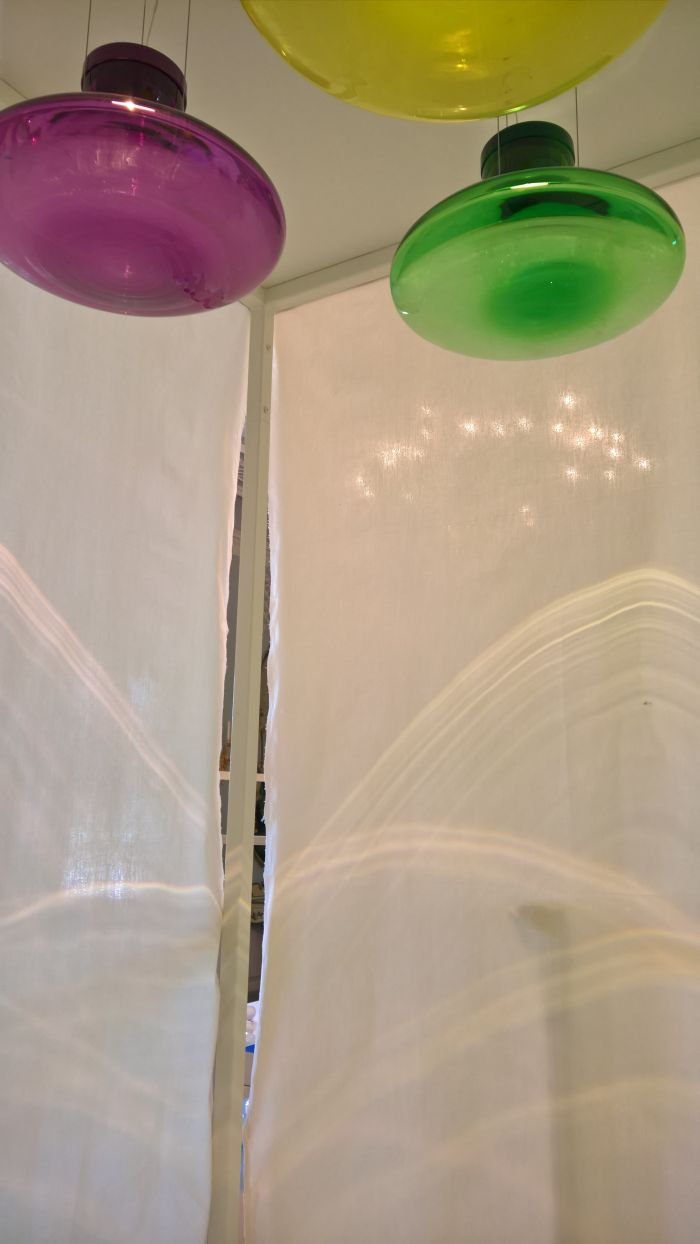
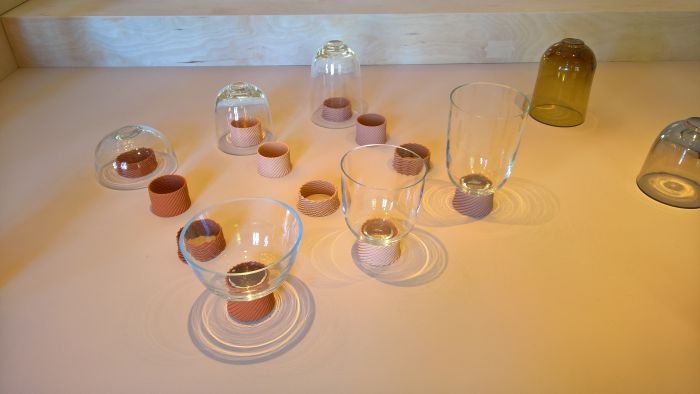
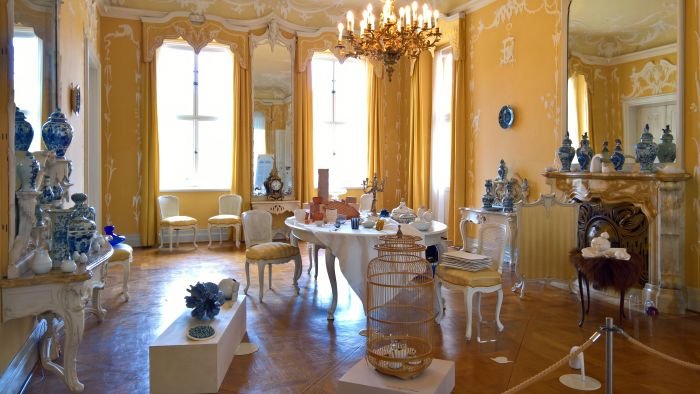
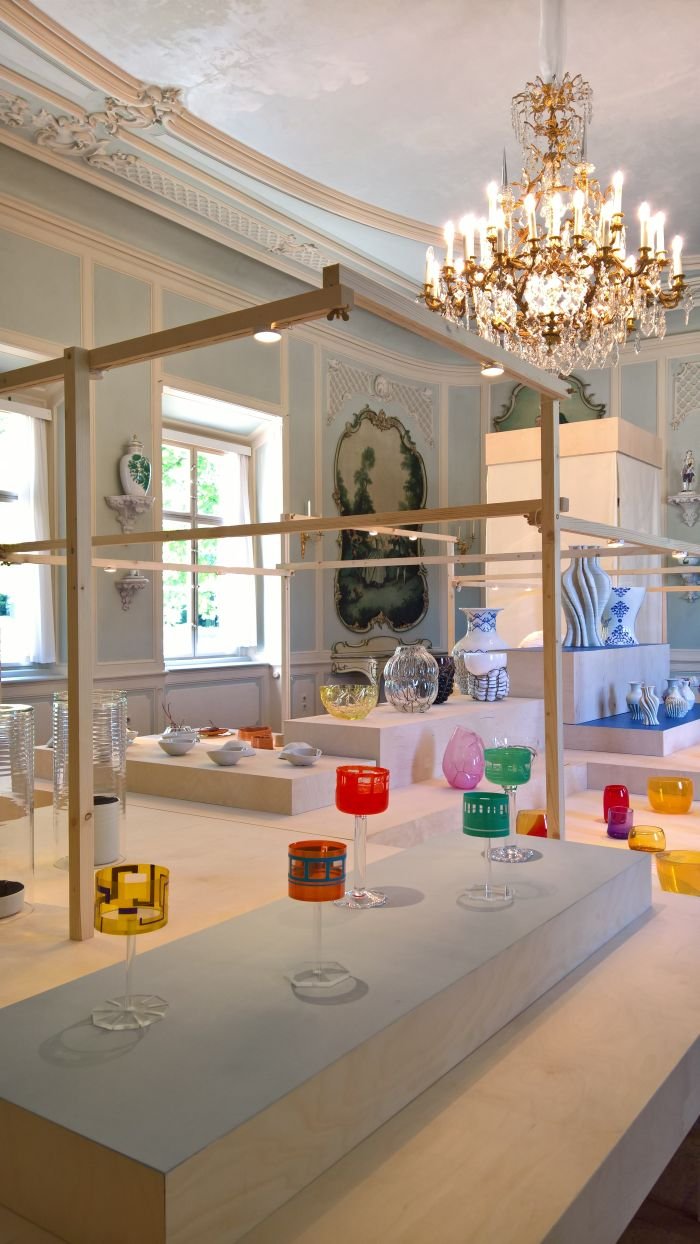
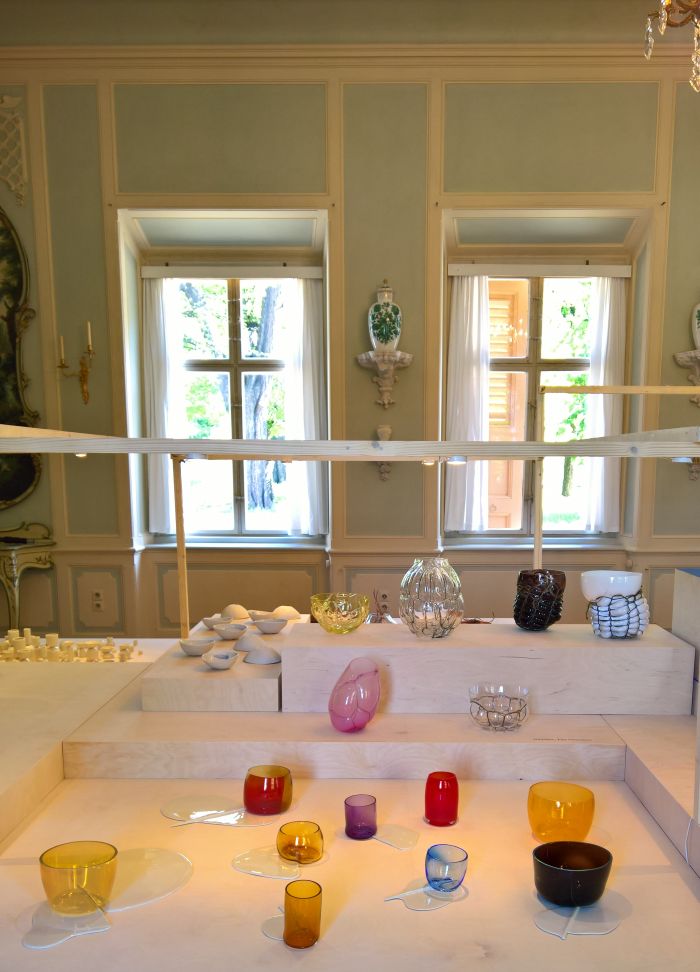
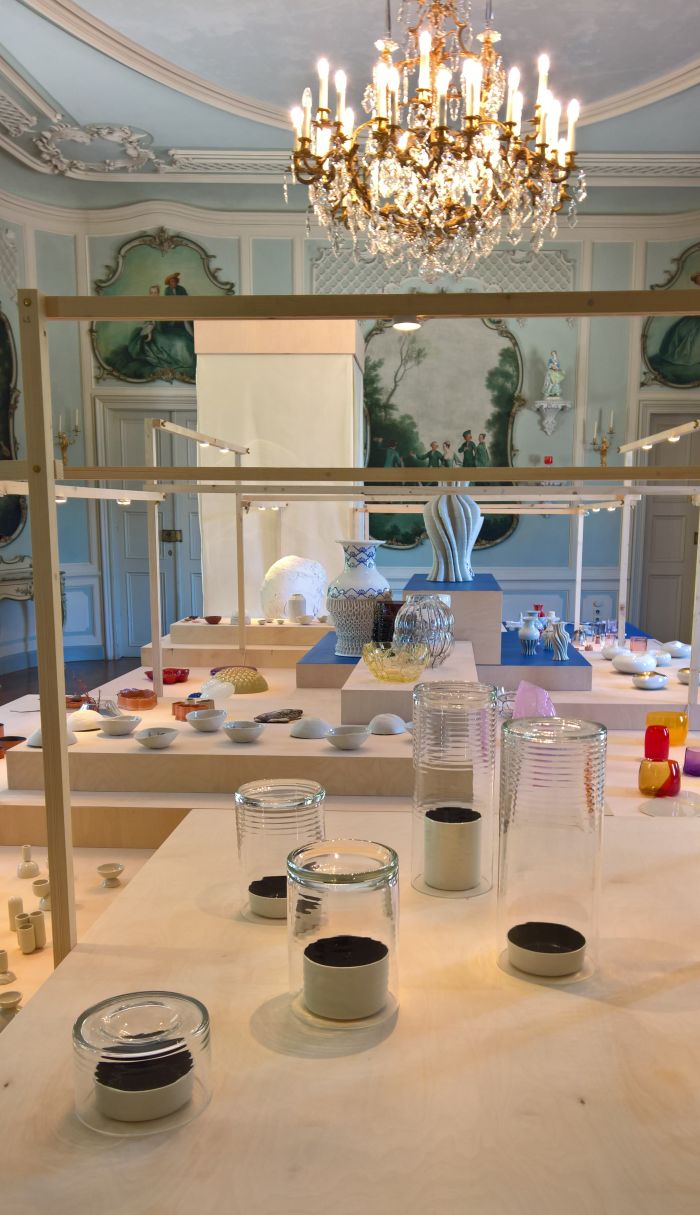
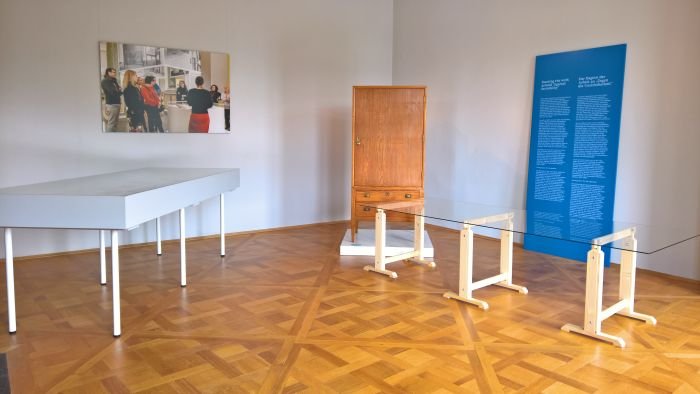
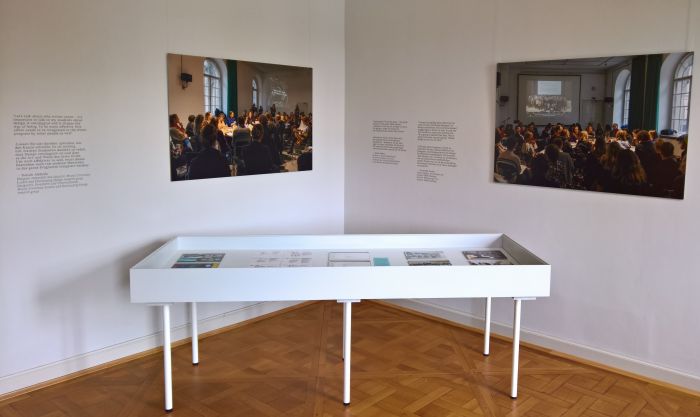

Full details, including a description of all 22 projects, can be found at https://kunstgewerbemuseum.skd.museum/